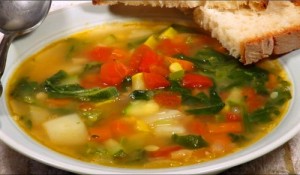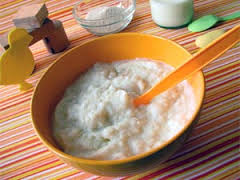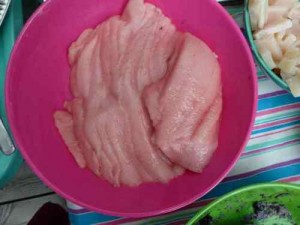
The study published by the British Journal of Nutrition suggests that vegetables should play an important role in the “weaning process”.
What you decide to feed your baby during the first 15 days of introduction to solid food, more commonly known as the “weaning period”, is an important decision for any mother.
A typical problem for expat mums is that they may not be able to get hold of the typical baby food from their home country once they have moved abroad. This means that not only will they have to get used to different brands and types of baby food, but also they must adapt to a different approach to weaning.
A recent study published by the British Journal of Nutrition compared examples typical “weaning” foods in different countries. The results show that introducing vegetables to your baby’s diet during the weaning period is definitely a smart move. Your baby is more likely to be willing to try new foods and maintain a healthy diet later in life.
We thought it would be interesting to do some research for soon-to-be expat mums to find out which countries have the best, worst and weirdest baby food options.
The Best

Vegetable soup, Portugal
The traditional weaning foods in Portugal generally involve mixed vegetable soups. This is a great option to help children transition from liquid to solid foods while benefiting from an array of vegetables.
The results of the study show that Portuguese school children, most of whom had been weaned onto solid foods through vegetable-based meals, consume the most vegetables compared to any other country in Europe. Furthermore, these children were more likely to like the taste of healthier food products when trying them for the first time.
The Worst

Baby rice, UK
Baby rice is made by mixing rice flour with water, milk or formula to create a kind of porridge. Although baby rice will have no adverse effects on your children (so don’t worry if that is what you are feeding them!) the results suggest that it might not be the best food to give your baby during the weaning period.
The study found that UK children who consumed baby rice were much more likely to dislike, or simply refuse to eat, different vegetables when offered to them. This is perhaps due to the dull starchy flavour and/or texture of the rice limiting the development of the child’s palette.
The Weirdest

Seal blubber, Alaskan Inuits
The Inuits believe that their diet is superior to that of western society. In order to survive the harsh climates in Alaska, their diet must be full of energy in order to keep the body warm and strong. This diet has been extended to their children.
While most parents will ease their children into their solid diets, Inuits waste no time by feeding their babies seal blubber during the weaning process. Blubber is the thick layer of fat directly under the skin of all marine mammals. Being naturally soft, blubber is easy for babies to consume, making it a good choice for their first solid food. The blubber is often served with seaweed, another popular choice among Inuits, and usually followed by wild herbs, roots and berries.
Is there a right way to wean?
Sarah McMullen, head of research and quality at the National Childbirth Trust (NCT) says: “Food preferences can develop in very early life and getting babies off to a good start with healthy nutrition and eating habits can have lifelong benefits”.
If you are raising a baby in a new country, it’s a good idea to research the foods which are most commonly used during the weaning process to find out if this is a style that you want to adopt. Once you have found out this information, it will be easier to locate the baby food in the local supermarkets or alternatively to find the ingredients to recreate it at home. Copying what the natives feed their children during the weaning period may turn out to be a very smart move for any expat mother.